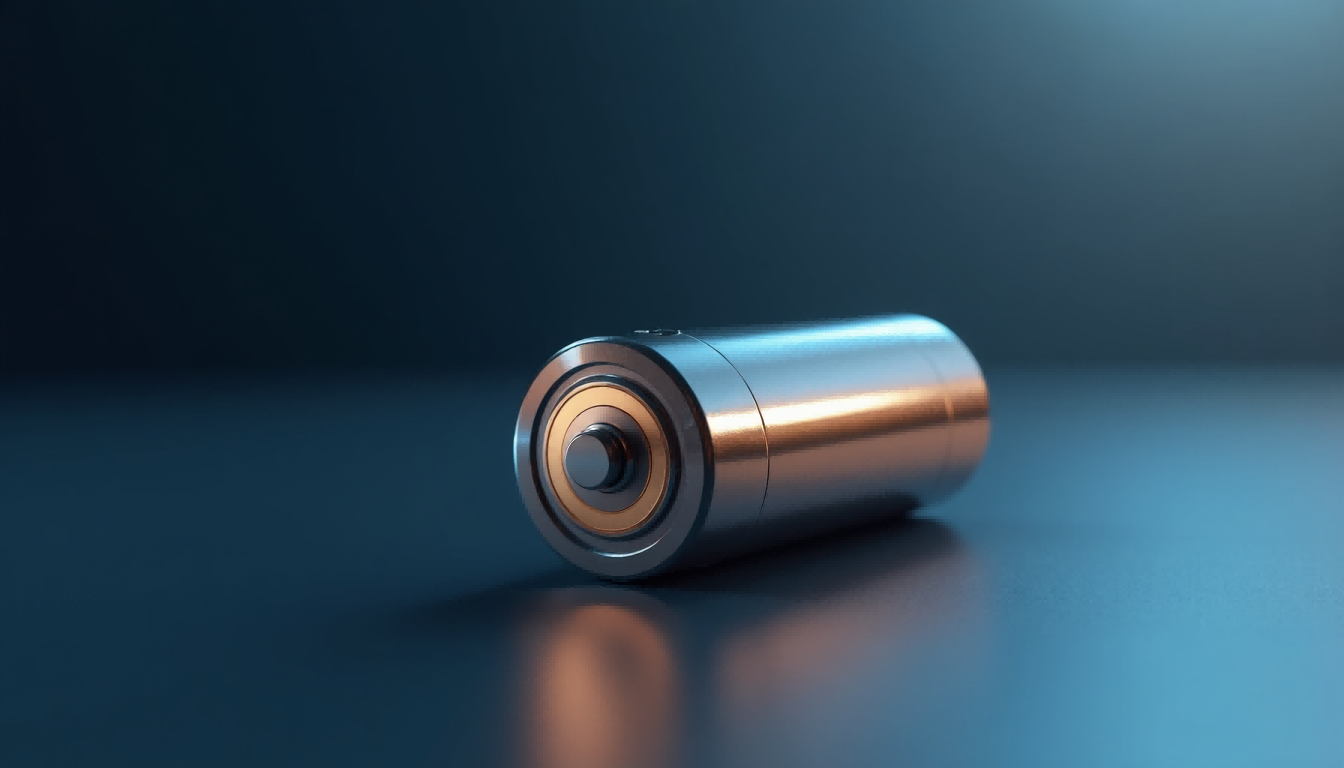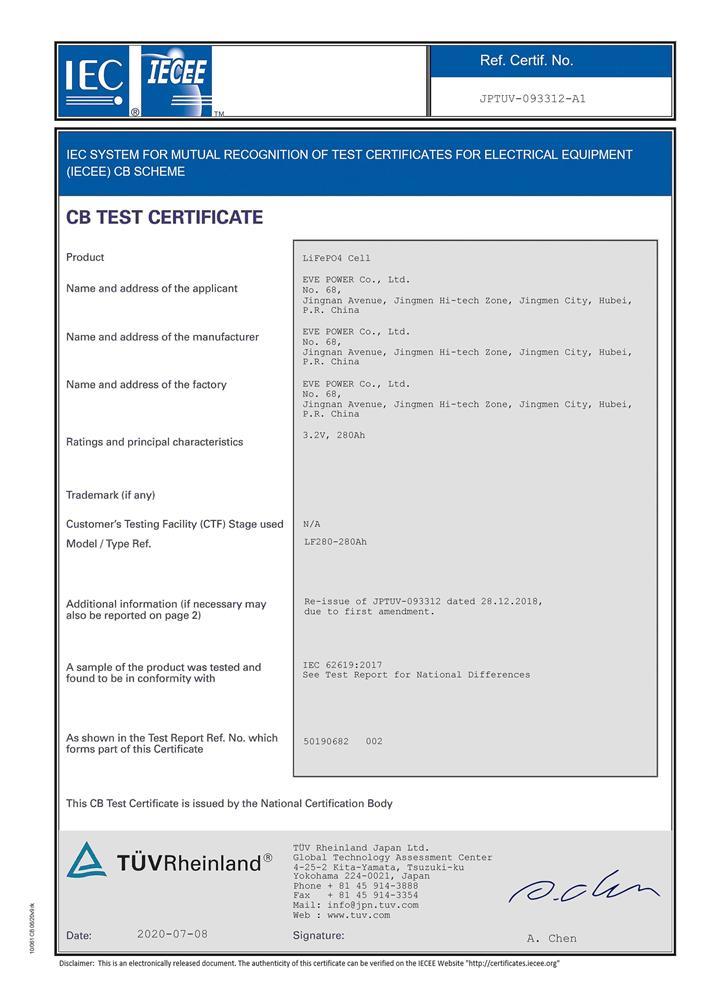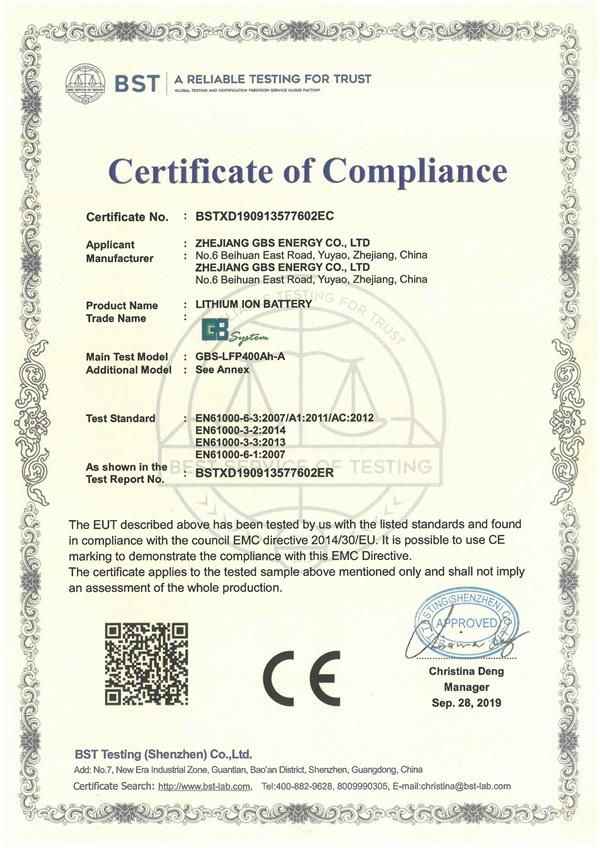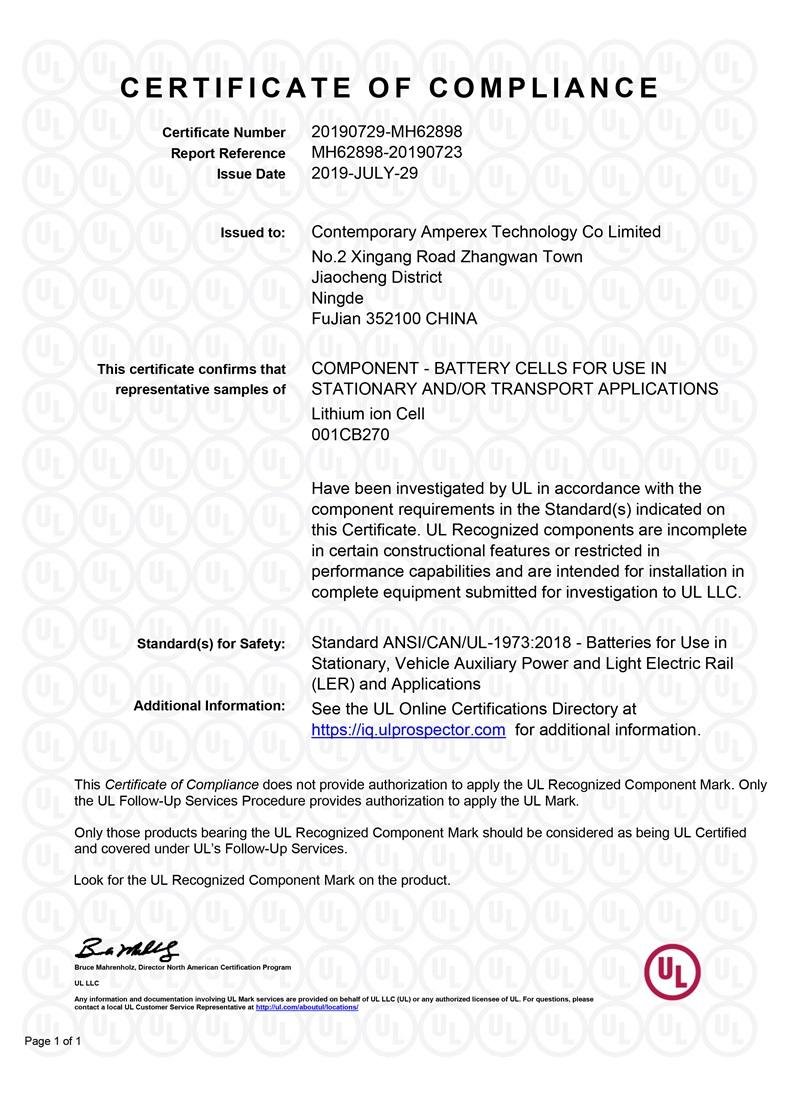Blog
4680 Battery Technology: A Deep Dive into Its Advantages and Challenges

Battery technology is the driving force behind the rise of electric vehicles. Tesla's 4680 battery stands out as one of the most important advances in battery technology in the last decade. This innovation will transform the future of electric vehicles.
Many state-of-the-art batteries have emerged and disappeared, but the 4680 battery is different because of its cylindrical design and impressive specs. The new cell format measures 46 millimeters in diameter and 80 millimeters in length. It delivers major improvements in energy density, streamlines manufacturing processes, and reduces costs. The 4680 cell has caught the attention of the automotive industry as Tesla's bold response to the growing need for better EV batteries.
This piece dives deep into the 4680 battery technology's architecture, manufacturing process, and performance metrics. You'll learn about the mass production challenges and understand what these developments mean for electric vehicles' future.
Understanding 4680 Battery Architecture
Let's head over to the game-changing architecture of the 4680 battery cell that marks a huge step forward in battery technology. The name comes from its dimensions: 46mm in diameter and 80mm in height. This makes it much larger than earlier versions.
The 4680 battery's tabless design stands out as its most innovative feature. This breakthrough in architecture improves the cell's electrical performance and thermal management by a lot. Tesla achieved amazing results with this tabless design, reaching 5.4 times the energy and 6.9 times the power compared to previous designs.
The battery's internal structure uses an NMC 811 cathode composition (80% Nickel, 10% Lithium, 10% Cobalt). Here are the cell's key specs:
- Nominal voltage of 3.7V with nominal energy of 86.5Wh
- Cell mass of 355g
- Gravimetric energy density of 232 to 244 Wh/kg
The architecture's thermal management capabilities are remarkable. The tabless design keeps thermal characteristics as good as smaller cells, despite its larger size. The cell shows impressive internal resistance measurements of 7mΩ ±2 for charge/discharge operations.
This architectural design isn't just about better performance - it also improves manufacturing. The tabless design removes the need for traditional tab components, which cuts down internal resistance and makes production simpler.
Manufacturing Process and Challenges
Tesla faces some of its biggest challenges in making the 4680 battery for next-generation EVs. A revolutionary change in production methods has emerged, especially when you have the dry electrode process that removes toxic solvents and traditional furnace baking.
Furthermore, Tesla's in-house battery production can leverage economies of scale and benefit from continuous improvements through iterative design and optimization. Tesla wants to cut battery costs drastically and targets a 50% decrease. The current production still faces technical obstacles. The yield rate reaches only 92%, while the industry just needs 95% for commercial success.
The core manufacturing challenges include:
- Precision requirements for arc-shaped edge coating
- Complex tab cutting and lineup processes
- Increased number of welding points (5 times more than 2170 cells)
- Difficulties in liquid injection after tab coverage
The dry electrode technology shows promise but scaling it up has proven tough. Current estimates show cost savings of USD 2000-3000 per vehicle, as we used larger cells.
Tesla's manufacturing approach brings production in-house. According to Musk in 2020, the entire 4680 battery solution can reduce battery manufacturing costs by approximately 20%, equipment investment costs by 35%, and factory floor space by 70%. Production numbers keep rising despite these hurdles, with recent reports that indicate an 18-20% increase in output compared to previous quarters.
Performance Metrics and Benchmarks
The 4680 battery's real-life performance data reveals exciting and surprising results. Our analysis shows current energy density between 244 to 296 Wh/kg. This represents the most important progress in battery technology, yet falls short of the original theoretical potential.
Real-life testing shows some interesting charging patterns in 4680-equipped vehicles:
- Peak charging power of 206kW
- 0-80% charging time of 32 minutes
- Charging rate drops to 80kW at 50% state of charge
The battery's lifespan ranges from 1,000 to 2,000 cycles, which varies based on charging patterns and usage conditions. These batteries could reach a million-mile lifespan under the best conditions.
The 4680 battery has slightly lower energy density than 2170 cells - 244 Wh/kg compared to 269 Wh/kg. The complete picture looks different because the 4680's structural benefits and manufacturing efficiencies provide unique advantages.
Tests prove impressive thermal management capabilities. The larger cell size managed to keep its performance through innovative cooling systems. Tesla seems to take a careful approach with charging speeds to ensure reliability over time.
Conclusion
Tesla's 4680 battery technology shows remarkable progress despite ongoing challenges in EV battery development. Our analysis reveals how its innovative tabless design and larger form factor have substantially improved power delivery and manufacturing efficiency. Some performance metrics still fall short of original projections.
The battery's architecture delivers impressive engineering results with 5.4 times more energy and 6.9 times more power than previous designs. Production numbers keep rising even though manufacturing hurdles exist, especially with dry electrode processing and yield rates. Ground performance data paints a complex picture. The 4680's structural benefits and thermal management capabilities indicate long-term advantages, despite energy density slightly trailing the 2170 cells.
Future refinements in manufacturing processes and performance optimization seem promising. The technology could enable million-mile lifespans and reduce costs per vehicle significantly. These improvements will shape the next generation of electric vehicles, making them more available and practical for everyday use.
The 4680 battery demonstrates the rapid development of EV technology by balancing ambitious goals with practical limitations. It represents an important step forward on our path toward more efficient, affordable electric transportation, though not perfect.
FAQs
Q1. What are the main advantages of Tesla's 4680 battery technology? The 4680 battery offers higher energy density, improved power output, and better thermal management. It provides 5.4 times more energy and 6.9 times more power compared to previous designs, potentially leading to longer driving ranges and lower costs per kilowatt-hour for electric vehicles.
Q2. How does the 4680 battery's lifespan compare to other EV batteries? The 4680 battery is designed for longevity, with a cycle life ranging between 1,000 to 2,000 cycles under normal conditions. In optimal circumstances, these batteries could potentially achieve a million-mile lifespan, significantly outlasting many conventional EV batteries.
Q3. Will vehicles equipped with 4680 batteries have a longer range? While the 4680 battery technology offers improved energy density, current real-world data shows it slightly trailing the 2170 cells in this aspect. However, the structural benefits and manufacturing efficiencies of the 4680 design may lead to overall improvements in vehicle range and performance.
Q4. How does the charging speed of 4680 battery-equipped vehicles compare to previous models? Vehicles with 4680 batteries demonstrate a peak charging power of 206kW and can charge from 0-80% in about 32 minutes. However, the charging rate drops to 80kW at 50% state of charge, indicating that Tesla may be prioritizing long-term reliability over faster charging speeds.
Q5. What challenges does Tesla face in manufacturing 4680 batteries? The main challenges include achieving the required precision for arc-shaped edge coating, complex tab cutting and alignment processes, and difficulties with the dry electrode technology. Currently, the yield rate stands at 92%, below the industry standard of 95% needed for commercial viability, presenting ongoing hurdles in mass production.
- Next:What Element is Used in Batteries?
- Previous:OTS LiFePO4 Batteries vs DIY LiFePO4 Batteries: Key Differences You Need to Know
Contact Details
Lithium LiFePO4 Batteries and Lithium LiFePO4 Cells Supplier - LiFePO4 Battery Shop
Contact Person: Miss. Elena Wang
WhatsApp : +8615263269227
Skype : +8615263269227
WeChat : 15263269227
Email : info@lifepo4batteryshop.com
All Products
Certification
Customer Reviews
- I have fond memories of our meeting in Shanghai with LiFePO4 Battery Shop Elena. Your company left a strong impression on me with its impressive growth and professionalism. We both value straightforwardness and honesty, which I believe are the most important qualities in any partnership. I am confident that we can build a successful collaboration based on these shared values. —— Robert from USA
- I've been working with LiFePO4 Battery Shop for years, and their reliability is unmatched. While other suppliers frequently change sales teams, LiFePO4 Battery Shop has consistently provided exceptional service with a stable team. Their commitment to quality and customer support truly sets them apart. —— Henry from Australia



